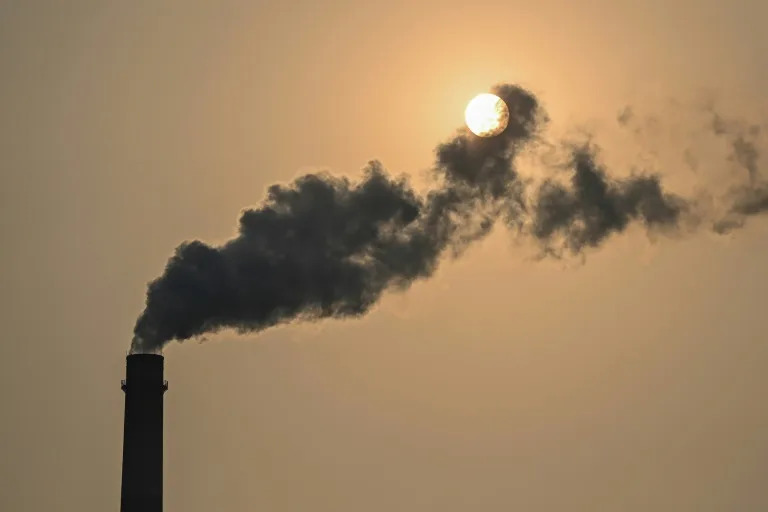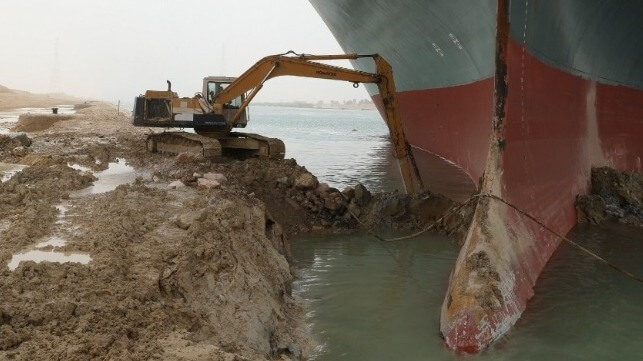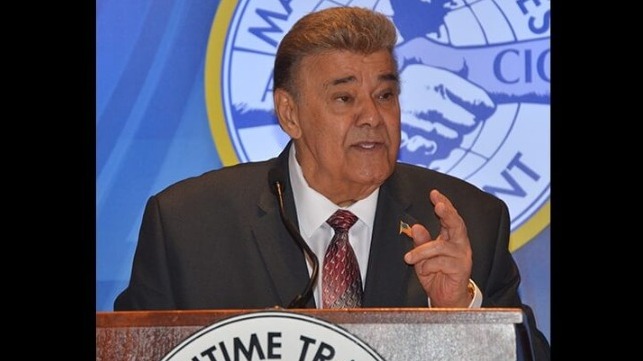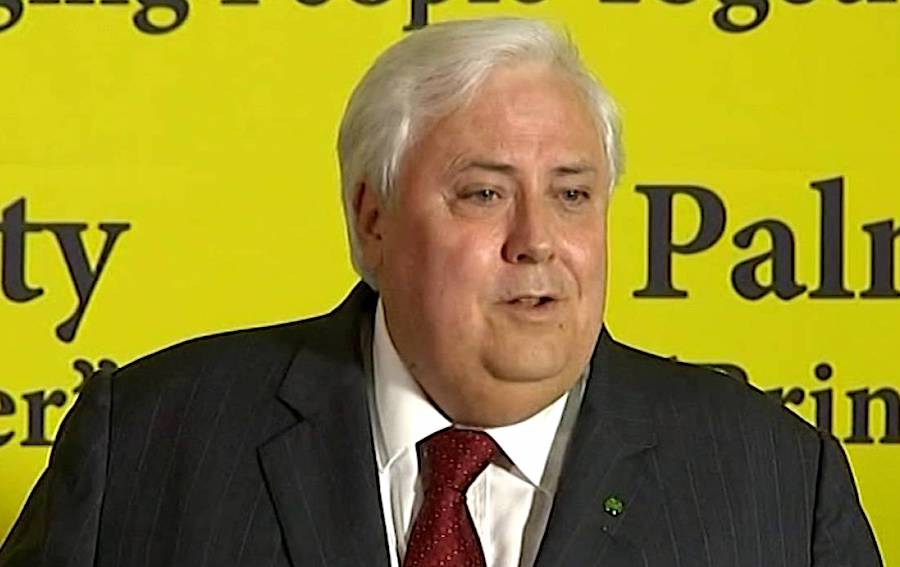Mon, 13 February 2023
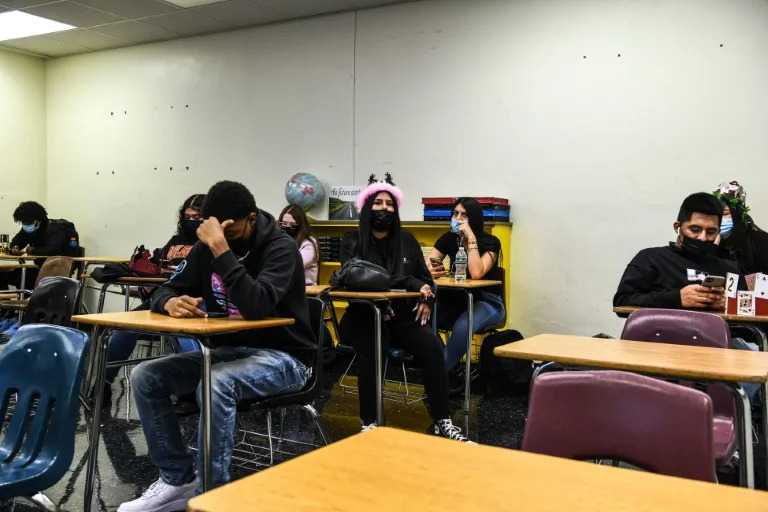
US health authorities sounded the alarm Monday about a mental health crisis among American high school students, particularly teenage girls suffering from sadness, violence and trauma.
The Youth Risk Behavior Survey published by the US Centers for Disease Control and Prevention (CDC) looked at health behaviors and experiences among high school students from 2011 to 2021.
"These data show a distressing picture," CDC chief medical officer Debra Houry told reporters. "America's teen girls are engulfed in a growing wave of sadness, violence and trauma.
"Over the past decade teens, especially girls, have experienced dramatic increases in experiences of violence and poor mental health and suicide risk," Houry said.
The CDC said several areas of adolescent health and well-being are improving, including risky sexual behavior, alcohol and substance use, and the level of bullying at school.
But mental health among high school students -- who are generally between 15 and 18 years old in the United States -- continued to worsen overall.
Nearly three in five teenage American girls -- 57 percent -- felt persistently sad or hopeless in 2021 -- double that of boys, the report said.
The was a nearly 60 percent increase since 2011 and the highest level reported over the past decade.
Nearly one in three teen girls -- 30 percent -- seriously considered attempting suicide, up nearly 60 percent from a decade ago, and more than twice the number of boys.
Nearly one in five teen girls -- 18 percent -- experienced sexual violence in the past year, up 20 percent since 2017, when CDC started monitoring this measure.
And 14 percent of teen girls had been forced to have sex -- up 27 percent since 2019.
- 'Young people are in crisis' -
"These data are clear -- our young people are in crisis," said Kathleen Ethier, director of the CDC division of adolescent and school health.
"Young people are experiencing a level of distress that calls on us to act with urgency and compassion," Ethier said.
"With the right programs and services in place, schools have the unique ability to help our youth flourish."
The CDC officials said many of the measures of youth mental health had been "moving in the wrong direction" even before the Covid-19 pandemic which began in early 2020.
"The social isolation from the pandemic certainly made things worse," Ethier said. "Young people were separated from their peers and from their community and school supports."
Asked what role social media may play on the worsening mental health of US adolescents, Ethier said "social media certainly contributes.
"Although, in our data, young people are not reporting more electronic bullying," she said.
According to the report, teens who identify as lesbian, gay, bisexual, or questioning (LGBQ+) face extremely high levels of violence and mental health challenges.
Fifty-two percent of LGBQ+ students had recently experienced poor mental health and more than one in five -- 22 percent -- attempted suicide in the past year, the report said.
cl/mlm

By —Lindsey Tanner, Associated Press
The pandemic took a harsh toll on U.S. teen girls’ mental health, with almost 60 percent reporting feelings of persistent sadness or hopelessness, according to a government survey released Monday that bolsters earlier data.
Sexual violence, suicidal thoughts, suicidal behavior and other mental health woes affected many teens regardless of race or ethnicity, but girls and LGBTQ youth fared the worst on most measures, according to the Centers for Disease Control and Prevention report. More than 17,000 U.S. high school students were surveyed in class in the fall of 2021.
In 30 years of collecting similar data, “we’ve never seen this kind of devastating, consistent findings,” said Kathleen Ethier, director of CDC’s adolescent and school health division. “There’s no question young people are telling us they are in crisis. The data really call on us to act.”
The research found:Among girls, 30 percent said they seriously considered attempting suicide, double the rate among boys and up almost 60 percent from a decade ago.
Almost 20 percent of girls reported experiencing rape or other sexual violence in the previous year, also an increase over previous years.
Almost half of LGBTQ students said they had seriously considered a suicide attempt.
More than a quarter of American Indians and Alaska natives said they had seriously considered a suicide attempt — higher than other races and ethnicities.
Feelings of persistent sadness and hopelessness affected more than one-third of kids of all races and ethnicities and increased over previous years.
Recent poor mental health was reported by half of LGBTQ kids and almost one-third of American Indian and Alaska Native youth.
The results echo previous surveys and reports and many of the trends began before the pandemic. But isolation, online schooling and increased reliance on social media during the pandemic made things worse for many kids, mental health experts say.
The results “reflect so many decades of neglect towards mental health, for kids in particular,” said Mitch Prinstein, the American Psychological Association’s chief science officer. “Suicide has been the second- or third-leading cause of death for young people between 10 and 24 years for decades now,” and attempts are typically more common in girls, he said.
WATCH: Ken Burns film explores youth mental health
Prinstein noted that anxiety and depression tend to be more common in teen girls than boys, and pandemic isolation may have exacerbated that.
Comprehensive reform in how society manages mental health is needed, Prinstein said. In schools, kids should be taught ways to manage stress and strife, just as they are taught about exercise for physical disease prevention, he said.
In low-income areas, where adverse childhood experiences were high before the pandemic, the crisis has been compounded by a shortage of school staff and mental health professionals, experts say.
School districts around the country have used federal pandemic money to hire more mental health specialists, if they can find them, but say they are stretched thin and that students who need expert care outside of school often can’t get it because therapists are overburdened and have long waitlists.
AP writer Jocelyn Gecker contributed in San Francisco contributed to this report.



